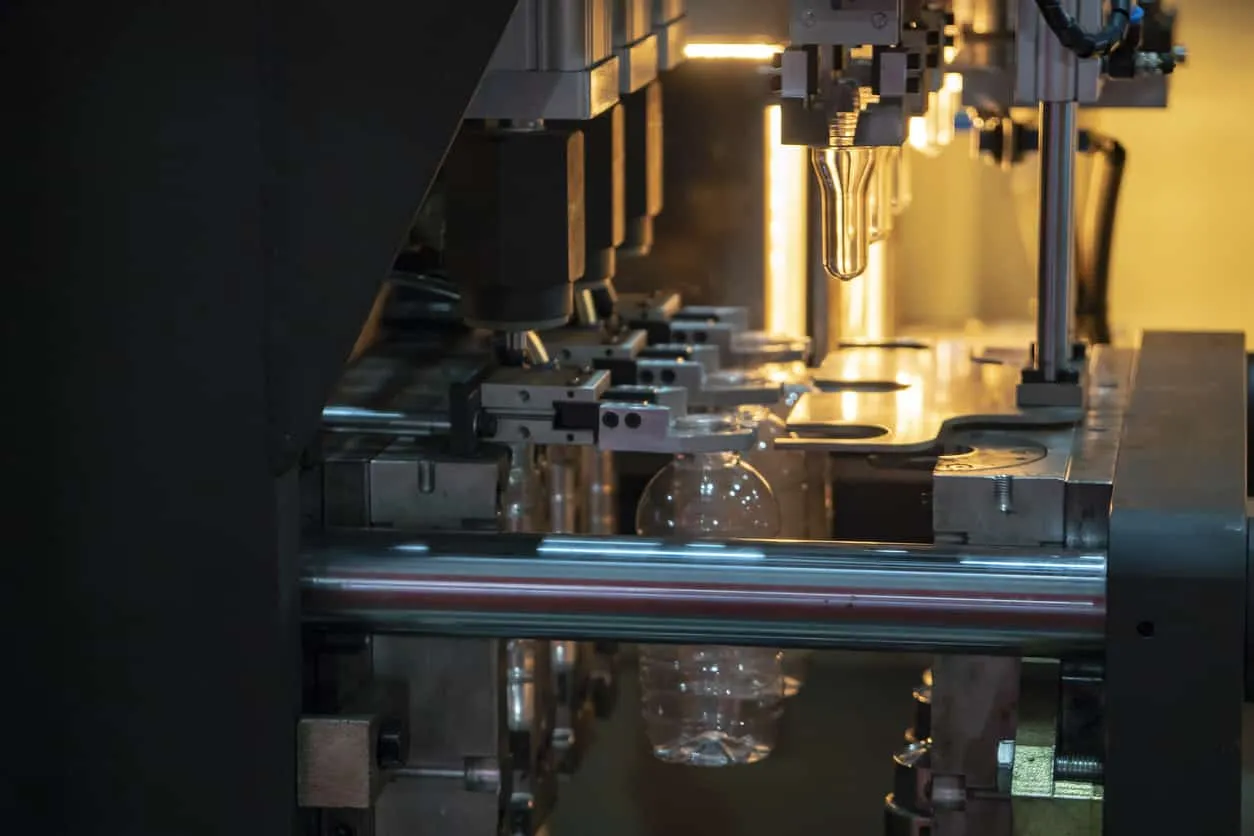Blow Molding
Discover what is the manufacturing molding process Blow Molding and its usage in the industry.
Introduction to Blow Molding
The original principle of blow molding comes from glassblowing. Essentially, blow molding is a manufacturing process that forms hollow plastic parts.
Blow molding started by melting down plastic and forming it into a parison, which is a tube-like segment of plastic with a hole in one end that allows compressed air to pass. A “preform,” rather than a parison, is used with injection and injection stretch blow molding (ISB). The parison is then clamped into a mold and air is blown into it, causing the pressure to push the plastic outwards to match the mold. Upon the plastic’s cooling and hardening, the part is ejected.
Three kinds of Blow Molding
Three main types of blow molding exist:
- Extrusion Blow Molding (EBM) first takes melted plastic and extrudes it through a parison with compressed air and into the mold. It features two variations: continuous and intermittent.
- Blow Molding (IBM) is generally a process to produce small medical and single-serve bottles. The industry uses it to produce large quantities of hollow glass and plastic objects by injection molding a polymer onto a core pin. The machine rotates the pin to a blow molding station in order to inflate and cool it. IBM imposes restrictions on bottle design, only allowing a champagne base to be made for carbonated bottles.
- Injection stretch molding is suitable for cylindrical, rectangular, or oval bottles and has two different main methods, notably the single-stage and two-stage processes. With the single-stage method, the same machine is used to both preform manufacture and bottles blow the object. This method is highly suitable for low volumes and short runs. In the case of the two-stage process, the plastic is first molded into a “preform” using the injection molding process. The “preforms” are then packaged and fed after cooling into a reheat stretch blow molding machine. While a high capital cost and a large floor footprint are necessary, injection stretch molding can produce very high volumes and feature minimal restrictions on bottle design. The bottles can also be a completed item for a third party to blow.
- Spin trimming is an operation closely related to blow molding. It occurs when a knife spins or revolves around a container with an excess of material due to the molding process. The knife cuts the excess material away and recycles it to create new moldings.
Get multiple quotes for your parts in seconds
